Omer Waqar
RSCNet: Dynamic CSI Compression for Cloud-based WiFi Sensing
Jan 19, 2024Abstract:WiFi-enabled Internet-of-Things (IoT) devices are evolving from mere communication devices to sensing instruments, leveraging Channel State Information (CSI) extraction capabilities. Nevertheless, resource-constrained IoT devices and the intricacies of deep neural networks necessitate transmitting CSI to cloud servers for sensing. Although feasible, this leads to considerable communication overhead. In this context, this paper develops a novel Real-time Sensing and Compression Network (RSCNet) which enables sensing with compressed CSI; thereby reducing the communication overheads. RSCNet facilitates optimization across CSI windows composed of a few CSI frames. Once transmitted to cloud servers, it employs Long Short-Term Memory (LSTM) units to harness data from prior windows, thus bolstering both the sensing accuracy and CSI reconstruction. RSCNet adeptly balances the trade-off between CSI compression and sensing precision, thus streamlining real-time cloud-based WiFi sensing with reduced communication costs. Numerical findings demonstrate the gains of RSCNet over the existing benchmarks like SenseFi, showcasing a sensing accuracy of 97.4% with minimal CSI reconstruction error. Numerical results also show a computational analysis of the proposed RSCNet as a function of the number of CSI frames.
Dynamic Unicast-Multicast Scheduling for Age-Optimal Information Dissemination in Vehicular Networks
Sep 19, 2022



Abstract:This paper investigates the problem of minimizing the age-of-information (AoI) and transmit power consumption in a vehicular network, where a roadside unit (RSU) provides timely updates about a set of physical processes to vehicles. Each vehicle is interested in maintaining the freshness of its information status about one or more physical processes. A framework is proposed to optimize the decisions to unicast, multicast, broadcast, or not transmit updates to vehicles as well as power allocations to minimize the AoI and the RSU's power consumption over a time horizon. The formulated problem is a mixed-integer nonlinear programming problem (MINLP), thus a global optimal solution is difficult to achieve. In this context, we first develop an ant colony optimization (ACO) solution which provides near-optimal performance and thus serves as an efficient benchmark. Then, for real-time implementation, we develop a deep reinforcement learning (DRL) framework that captures the vehicles' demands and channel conditions in the state space and assigns processes to vehicles through dynamic unicast-multicast scheduling actions. Complexity analysis of the proposed algorithms is presented. Simulation results depict interesting trade-offs between AoI and power consumption as a function of the network parameters.
Cooperative Backscatter NOMA with Imperfect SIC: Towards Energy Efficient Sum Rate Maximization in Sustainable 6G Networks
Jul 07, 2022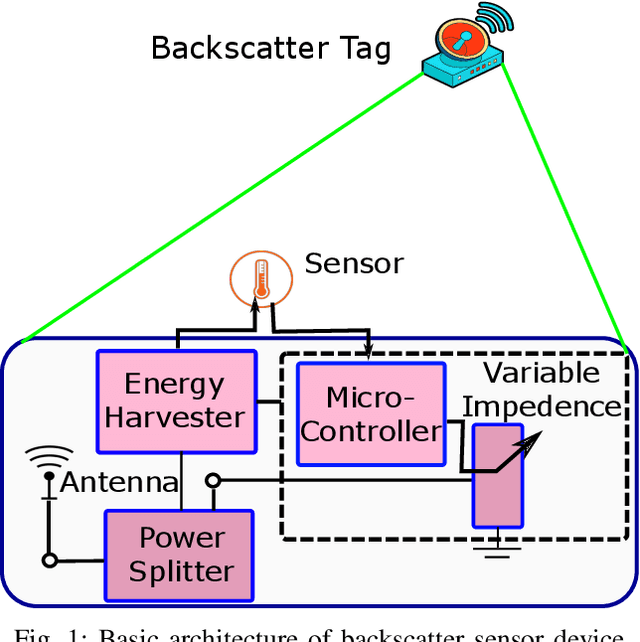
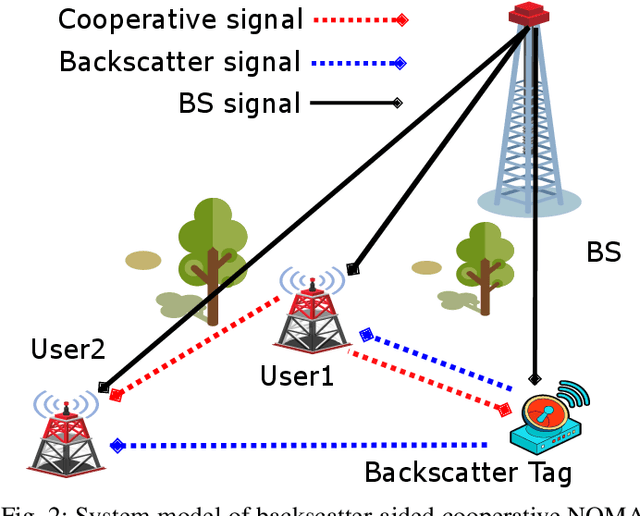
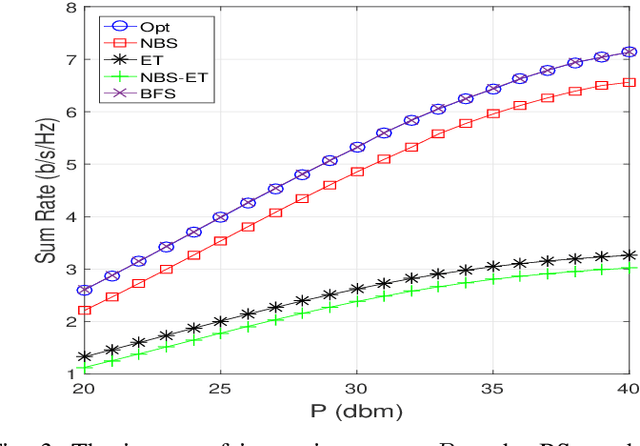
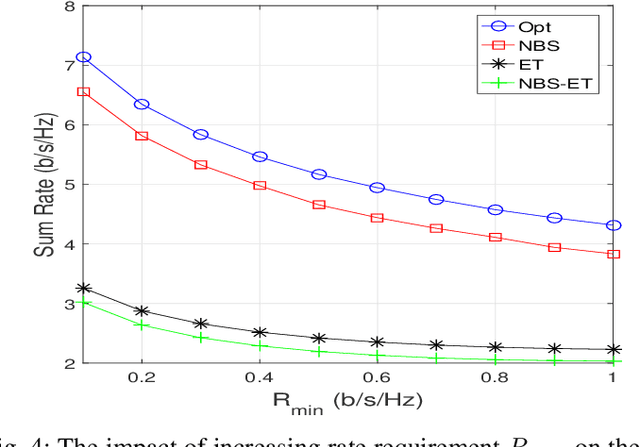
Abstract:The combination of backscatter communication with non-orthogonal multiple access (NOMA) has the potential to support low-powered massive connections in upcoming sixth-generation (6G) wireless networks. More specifically, backscatter communication can harvest and use the existing RF signals in the atmosphere for communication, while NOMA provides communication to multiple wireless devices over the same frequency and time resources. This paper has proposed a new resource management framework for backscatter-aided cooperative NOMA communication in upcoming 6G networks. In particular, the proposed work has simultaneously optimized the base station's transmit power, relaying node, the reflection coefficient of the backscatter tag, and time allocation under imperfect successive interference cancellation to maximize the sum rate of the system. To obtain an efficient solution for the resource management framework, we have proposed a combination of the bisection method and dual theory, where the sub-gradient method is adopted to optimize the Lagrangian multipliers. Numerical results have shown that the proposed solution provides excellent performance. When the performance of the proposed technique is compared to a brute-forcing search technique that guarantees optimal solution however, is very time-consuming, it was seen that the gap in performance is actually 0\%. Hence, the proposed framework has provided performance equal to a cumbersome brute-force search technique while offering much less complexity. The works in the literature on cooperative NOMA considered equal time distribution for cooperation and direct communication. Our results showed that optimizing the time-division can increase the performance by more than 110\% for high transmission powers.
Joint Optimization for Secure Ambient Backscatter Communication in NOMA-enabled IoT Networks
Nov 21, 2021



Abstract:Non-orthogonal multiple access (NOMA) has emerged as a novel air interface technology for massive connectivity in sixth-generation (6G) era. The recent integration of NOMA in backscatter communication (BC) has triggered significant research interest due to its applications in low-powered Internet of Things (IoT) networks. However, the link security aspect of these networks has not been well investigated. This article provides a new optimization framework for improving the physical layer security of the NOMA ambient BC system. Our system model takes into account the simultaneous operation of NOMA IoT users and the backscatter node (BN) in the presence of multiple eavesdroppers (EDs). The EDs in the surrounding area can overhear the communication of base station (BS) and BN due to the wireless broadcast transmission. Thus, the main objective is to enhance the link security by optimizing the BN reflection coefficient and BS transmit power. To gauge the performance of the proposed scheme, we also present the suboptimal NOMA and conventional orthogonal multiple access as benchmark schemes. Monte Carlo simulation results demonstrate the superiority of the NOMA BC scheme over the pure NOMA scheme without BC and conventional orthogonal multiple access scheme in terms of system secrecy rate.
Federated learning and next generation wireless communications: A survey on bidirectional relationship
Oct 14, 2021



Abstract:In order to meet the extremely heterogeneous requirements of the next generation wireless communication networks, research community is increasingly dependent on using machine learning solutions for real-time decision-making and radio resource management. Traditional machine learning employs fully centralized architecture in which the entire training data is collected at one node e.g., cloud server, that significantly increases the communication overheads and also raises severe privacy concerns. Towards this end, a distributed machine learning paradigm termed as Federated learning (FL) has been proposed recently. In FL, each participating edge device trains its local model by using its own training data. Then, via the wireless channels the weights or parameters of the locally trained models are sent to the central PS, that aggregates them and updates the global model. On one hand, FL plays an important role for optimizing the resources of wireless communication networks, on the other hand, wireless communications is crucial for FL. Thus, a `bidirectional' relationship exists between FL and wireless communications. Although FL is an emerging concept, many publications have already been published in the domain of FL and its applications for next generation wireless networks. Nevertheless, we noticed that none of the works have highlighted the bidirectional relationship between FL and wireless communications. Therefore, the purpose of this survey paper is to bridge this gap in literature by providing a timely and comprehensive discussion on the interdependency between FL and wireless communications.
Throughput maximization of an IRS-assisted wireless powered network with interference: A deep unsupervised learning approach
Aug 05, 2021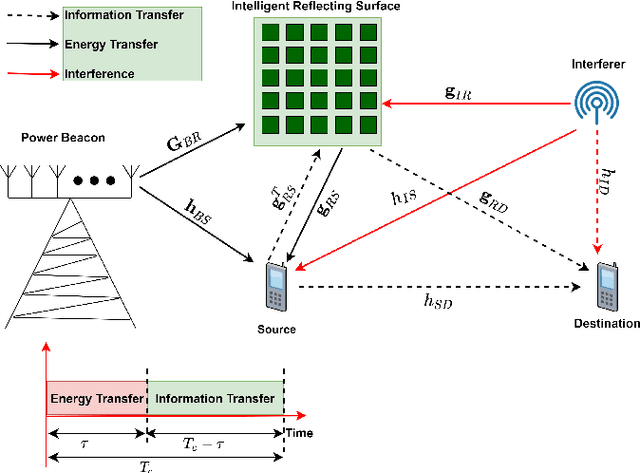
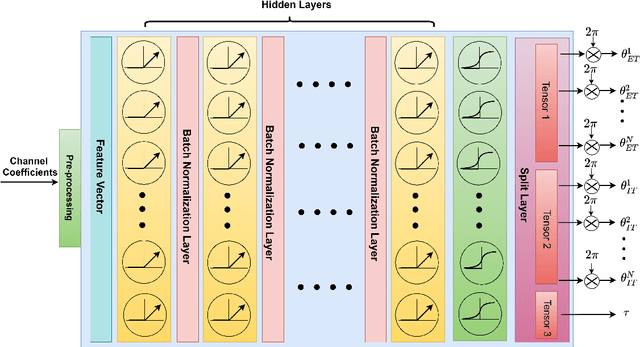
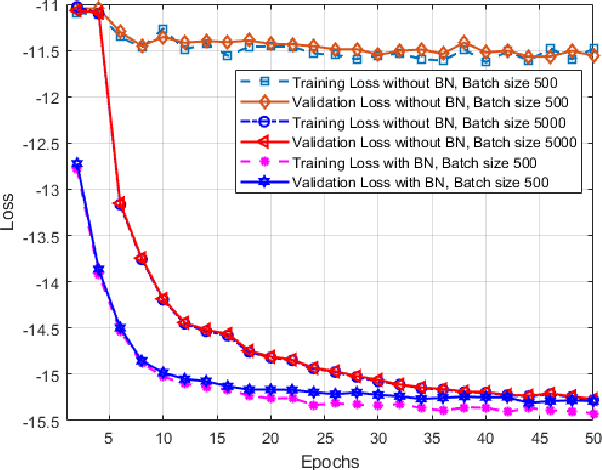
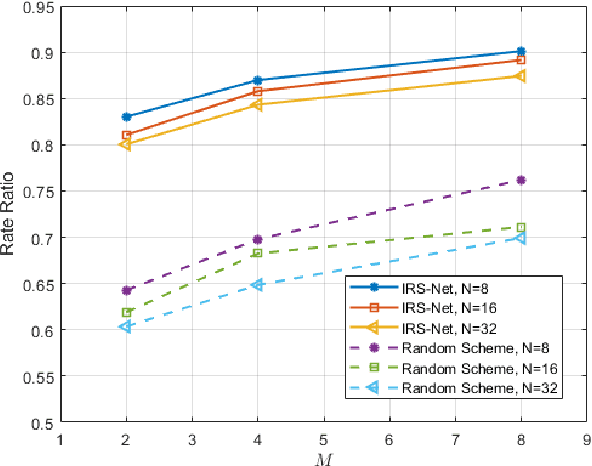
Abstract:In this paper, we consider an intelligent reflecting surface (IRS)-assisted wireless powered communication network (WPCN) in which a multi antenna power beacon (PB) sends a dedicated energy signal to a wireless powered source. The source first harvests energy and then utilizing this harvested energy, it sends an information signal to destination where an external interference is also present. More specifically, we formulated an analytical problem in which objective is to maximize the throughput by jointly optimizing the energy harvesting (EH) time and IRS phase-shift matrices corresponding to both energy transfer and information transfer phases. The formulated optimization problem is high dimensional non-convex, thus a good quality solution can be obtained by invoking any evolutionary algorithm such as Genetic algorithm (GA). It is well-known that the performance of GA is generally remarkable, however it incurs a high computational complexity. Thus, GA is unable to solve the considered optimization problem within channel coherence time, which limits its practical use. To this end, we propose a deep unsupervised learning (DUL) based approach in which a neural network (NN) is trained very efficiently as time-consuming task of labeling a data set is not required. Numerical examples show that the proposed approach significantly reduces time complexity making it feasible for practical use with a small loss in achievable throughput as compared to the GA. Nevertheless, it is also shown through numerical results that this small loss in throughput can be reduced further either by increasing the number of antennas at the PB and/or decreasing the number of reflecting elements of the IRS.
Deep Unsupervised Learning for Generalized Assignment Problems: A Case-Study of User-Association in Wireless Networks
Mar 26, 2021



Abstract:There exists many resource allocation problems in the field of wireless communications which can be formulated as the generalized assignment problems (GAP). GAP is a generic form of linear sum assignment problem (LSAP) and is more challenging to solve owing to the presence of both equality and inequality constraints. We propose a novel deep unsupervised learning (DUL) approach to solve GAP in a time-efficient manner. More specifically, we propose a new approach that facilitates to train a deep neural network (DNN) using a customized loss function. This customized loss function constitutes the objective function and penalty terms corresponding to both equality and inequality constraints. Furthermore, we propose to employ a Softmax activation function at the output of DNN along with tensor splitting which simplifies the customized loss function and guarantees to meet the equality constraint. As a case-study, we consider a typical user-association problem in a wireless network, formulate it as GAP, and consequently solve it using our proposed DUL approach. Numerical results demonstrate that the proposed DUL approach provides near-optimal results with significantly lower time-complexity.
 Add to Chrome
Add to Chrome Add to Firefox
Add to Firefox Add to Edge
Add to Edge